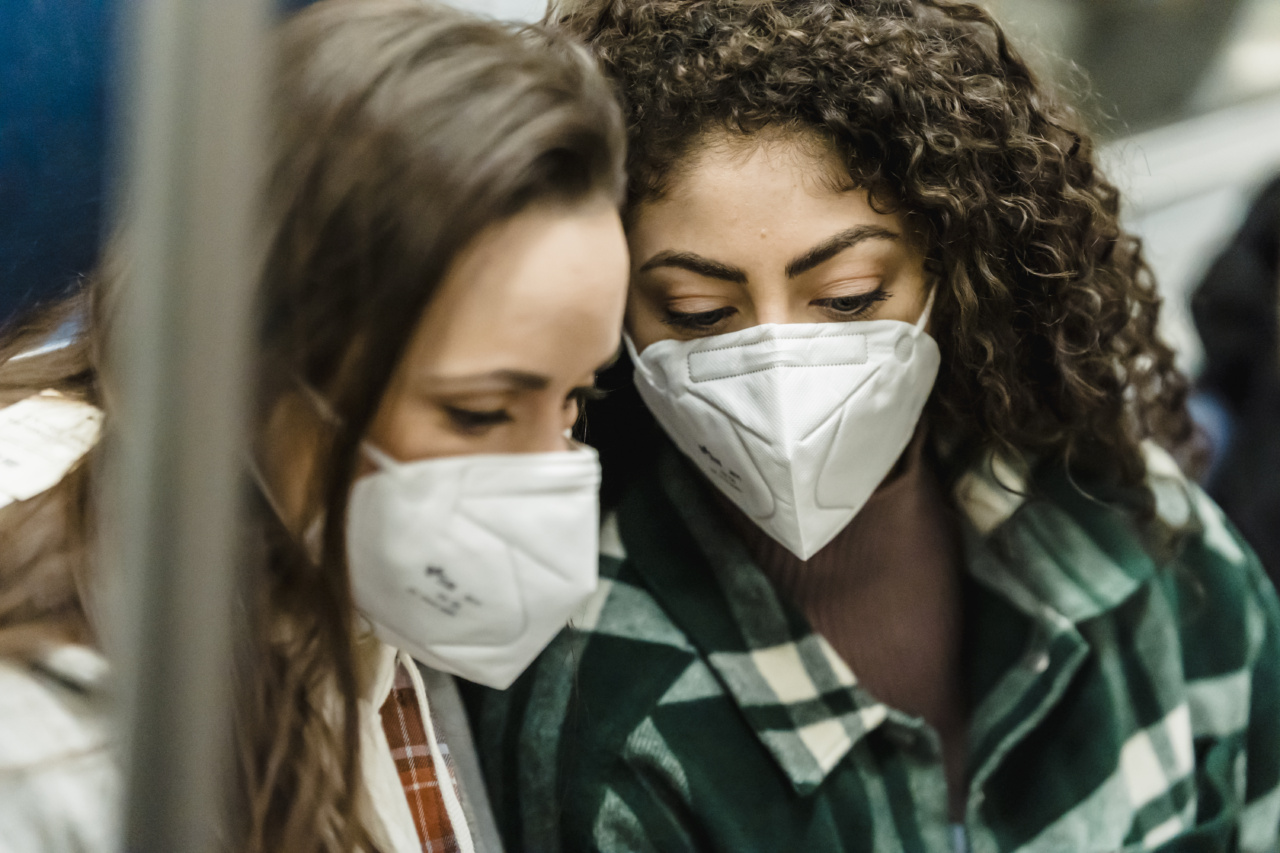Type 1 diabetes is a condition that affects millions of people worldwide. It is an autoimmune disease that occurs when the body mistakenly attacks the cells in the pancreas that produce insulin.
As a result, individuals with type 1 diabetes must rely on insulin injections or an insulin pump to control their blood sugar levels. While managing blood sugar levels is crucial for overall health, it is also essential for preventing infections.
The Link Between Type 1 Diabetes and Infections
People with type 1 diabetes are more susceptible to infections compared to individuals without diabetes. The compromised immune system in individuals with type 1 diabetes makes it harder for their bodies to fight off bacteria and viruses.
Additionally, high blood sugar levels create an environment that is conducive to bacteria growth, further increasing the risk of infection.
Common Infections in Type 1 Diabetes Sufferers
There are several infections that individuals with type 1 diabetes are at a higher risk of developing. These include:.
1. Skin Infections
High blood sugar levels can cause dry skin, which is prone to cracking and itching. These small openings in the skin can serve as entry points for bacteria, increasing the risk of skin infections such as cellulitis and impetigo.
2. Urinary Tract Infections (UTIs)
Individuals with type 1 diabetes have a higher incidence of urinary tract infections. The increased level of glucose in the urine provides an ideal breeding ground for bacteria, leading to frequent UTIs.
UTIs can be particularly dangerous in individuals with diabetes as they can spread to the kidneys if left untreated.
3. Respiratory Infections
The compromised immune system in individuals with type 1 diabetes makes them more susceptible to respiratory infections such as pneumonia and bronchitis.
These infections can be severe and may require hospitalization, especially in individuals with poorly controlled blood sugar levels.
4. Candidiasis (Yeast Infections)
High blood sugar levels can contribute to the overgrowth of yeast in various parts of the body, leading to candidiasis. Common sites for yeast infections include the mouth (oral thrush), skin folds, and the genital area.
Yeast infections can cause discomfort and require specific antifungal treatments.
5. Foot Infections
Individuals with type 1 diabetes may develop foot ulcers and infections due to poor blood circulation and nerve damage. High blood sugar levels can impair wound healing, making foot infections more challenging to treat.
Diabetic foot infections can sometimes progress to serious conditions such as cellulitis or gangrene, necessitating medical interventions like amputation.
Preventing Infections in Type 1 Diabetes Sufferers
While the risk of infections is higher for individuals with type 1 diabetes, there are steps that can be taken to minimize this risk:.
1. Good Blood Sugar Control
Maintaining stable blood sugar levels is crucial for preventing infections. Regular blood sugar monitoring, proper insulin use, and adherence to a diabetes management plan are essential for optimal control.
2. Proper Hygiene
Practicing good hygiene is vital for reducing the risk of infections. This includes regular handwashing with soap and water, especially before meals and after using the restroom. Keeping the skin clean and dry can also help prevent skin infections.
3. Vaccinations
Ensuring that vaccinations are up to date is important for individuals with type 1 diabetes. Vaccines for influenza, pneumococcal infections, and hepatitis B can help in preventing certain infections.
4. Regular Medical Check-ups
Regular visits to healthcare providers allow for early detection and management of infections. Monitoring and treating any signs of infection promptly can prevent complications.
5. Taking Care of the Feet
Individuals with type 1 diabetes should pay extra attention to foot care. Regularly inspecting the feet for cuts, blisters, or sores, and wearing proper footwear can help prevent foot infections.
Conclusion
While living with type 1 diabetes presents unique challenges, being aware of the increased risk of infections is crucial.
By implementing preventative measures and maintaining good blood sugar control, individuals with type 1 diabetes can significantly reduce their risk of developing infections. Seeking medical care at the first sign of infection is imperative for early intervention and optimal outcomes.






























